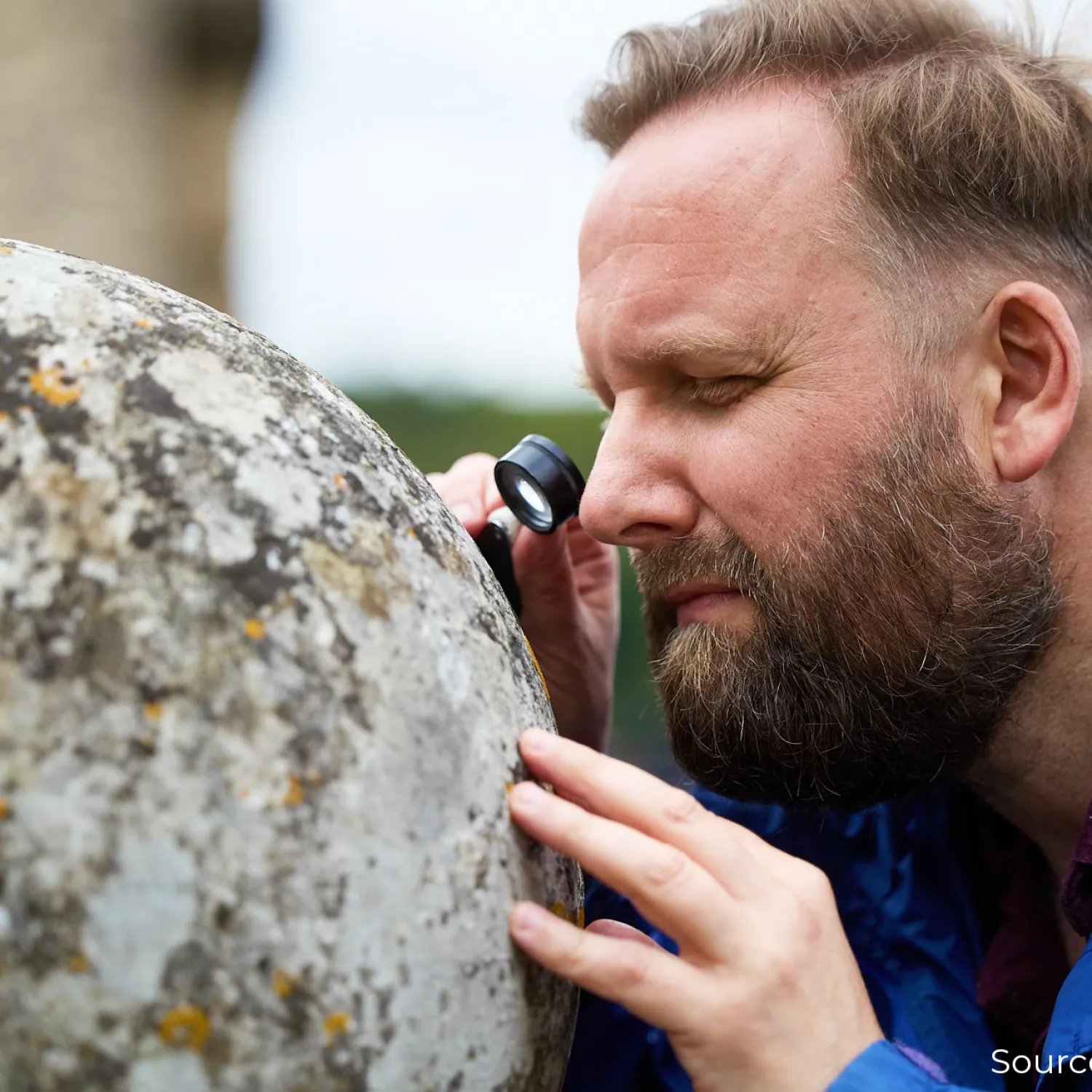Qualifications
BA, MA Geography (St Catherine’s College, Oxford); DPhil Biogeomorphology (Domus Scholar, Linacre College, Oxford)
Academic background
I hold an MA in Geography and a DPhil in Biogeomorphology, both from the University of Oxford. My doctoral thesis was titled 'Bioprotection explored: lichens on limestone' and told the story of a little-known earth surface process called bioprotection from the time it was proposed by Charles Darwin during his Beagle voyage. My research drew upon ecological surveys as well as field and laboratory experiments to consider its role in both landscape evolution and architectural heritage conservation. Furthermore, whilst a research student, I was awarded the Oxford University Environment Prize for my research and essay writing, and taught physical geography and environmental issues for the University of Georgia, Atlanta. Postdoctoral work on an English Heritage/University of Oxford funded project followed, during which I investigated the role of ivy in heritage conservation, before I took up positions at Hertford and Jesus Colleges as Lecturer in Physical Geography.
I now combine my work as a lecturer here at Christ Church with my biogeomorphological research for Oxford Resilient Buildings and Landscapes Lab (OxRBL) and the role of Access and Outreach Officer at the School of Geography and the Environment in Oxford.
Undergraduate teaching
For Prelims, I teach Earth Systems Processes, Geographical Controversies and Geographical Techniques. For the Final Honour School in Geography, I teach Earth System Dynamics, Environmental Geography and Geographical Thought.
Research interests
My primary area of research centres on the two-way interactions between organisms and the physical environment, especially in the fields of rock and stone weathering, landscape evolution and architectural heritage conservation in locations such as Thailand, India and the UK. My current work with OxRBL is co-funded by Blenheim Palace and the University of Oxford Strategic Innovation Fund and seeks to develop methods of mapping and explaining the location and effects of lichens on the facade of the palace. The broader aim of this work is to find nature-based solutions and to create a digital tool to assist in the management of historic buildings such as Blenheim Palace. The work is also helping establish the full biodiversity of the site, further contributing to its World Heritage status.
My broader interests include intangible cultural heritage; the folklore of landscape and geomythology; palimpsest landscapes; geoarchaeology; standing stones and megalithic structures; dolines; the environmental humanities; the Anthropocene; climate change; lichens, bryophytes and ivy; nature-based solutions; ideas of nature and wild(er)ness; nature writing and ecopoetry; and landscape aesthetics, nature and wellbeing.
Featured publications
I have published widely in journals such as Earth Surface Processes and Landforms, Geomorphology, Building and Environment, The Scientist, British Lichen Society Bulletin, Proceedings of the Cotteswold Naturalists Field Club and Zeitschrift für Geomorphologie.
Other interests and activities
Recent public engagement work includes: the ‘Our Living Stone’ lectures on lichens and conservation at Blenheim Palace; schools biodiversity workshops for the Earth Trust; and seven plays for the ‘Nature and Place’ community theatre project at the North Wall.


